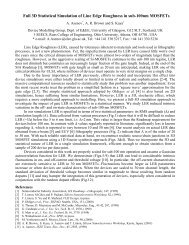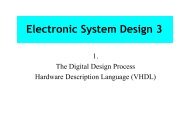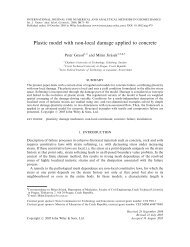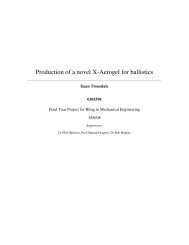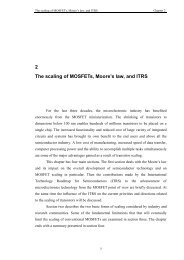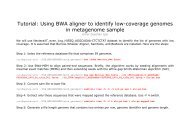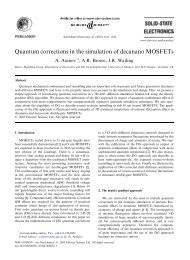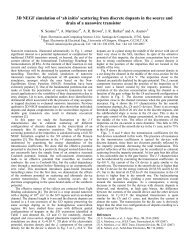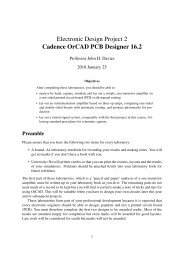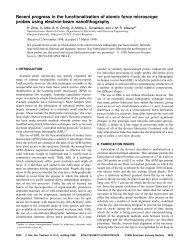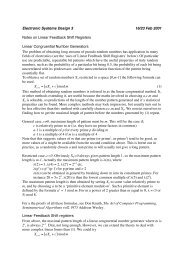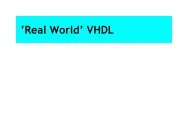Cadence OrCAD PCB Designer
Cadence OrCAD PCB Designer
Cadence OrCAD PCB Designer
You also want an ePaper? Increase the reach of your titles
YUMPU automatically turns print PDFs into web optimized ePapers that Google loves.
Figure 1. A simple, one-transistor amplifier that can be simulated using Spice.<br />
you will waste a lot of time and may lose large portions of your work. Please ask for help when<br />
you encounter problems – you are likely to make matters worse if you try to fix things yourself.<br />
You should know this by now, but a reminder is never a bad idea: Save your work frequently<br />
and take regular backups of important circuits.<br />
2 One-transistor amplifier: simple analysis<br />
Figure 1 shows the circuit of a simple amplifier with one transistor. It is intended to amplify<br />
audio signals, say from 20 Hz – 20 kHz. I have used international standard symbols for the<br />
components, such as the zigzag line for a resistor rather than the anonymous rectangle preferred<br />
by the IET.<br />
An engineer always makes a rough design using pencil and paper before simulating it. You<br />
will not learn how to design this particular circuit until the Analogue Electronics 2 course later<br />
in year, so we shall ‘reverse engineer’ it instead. The calculations are simple and should be<br />
done in your laboratory book. You should be pleasantly surprised to find that you don’t need to<br />
know much about transistors to analyse this. In fact you did most of it in Electronic Engineering<br />
1Y. Make sure that you recognise the emitter, base and collector.<br />
We first find the bias point, operating point or quiescent point. This means the conditions<br />
when no signal is applied and the circuit is ‘resting’. There is no input and you can therefore<br />
ignore the 10 mVac source.<br />
1. Resistors R 1<br />
and R 2<br />
form a simple potential divider if we ignore the other components<br />
attached to them. (We should go back and check this assumption when the currents are<br />
known.) Calculate the voltage on the base of the transistor Q 1<br />
.<br />
Hint for demonstrators.<br />
2.7 V ❦<br />
4



